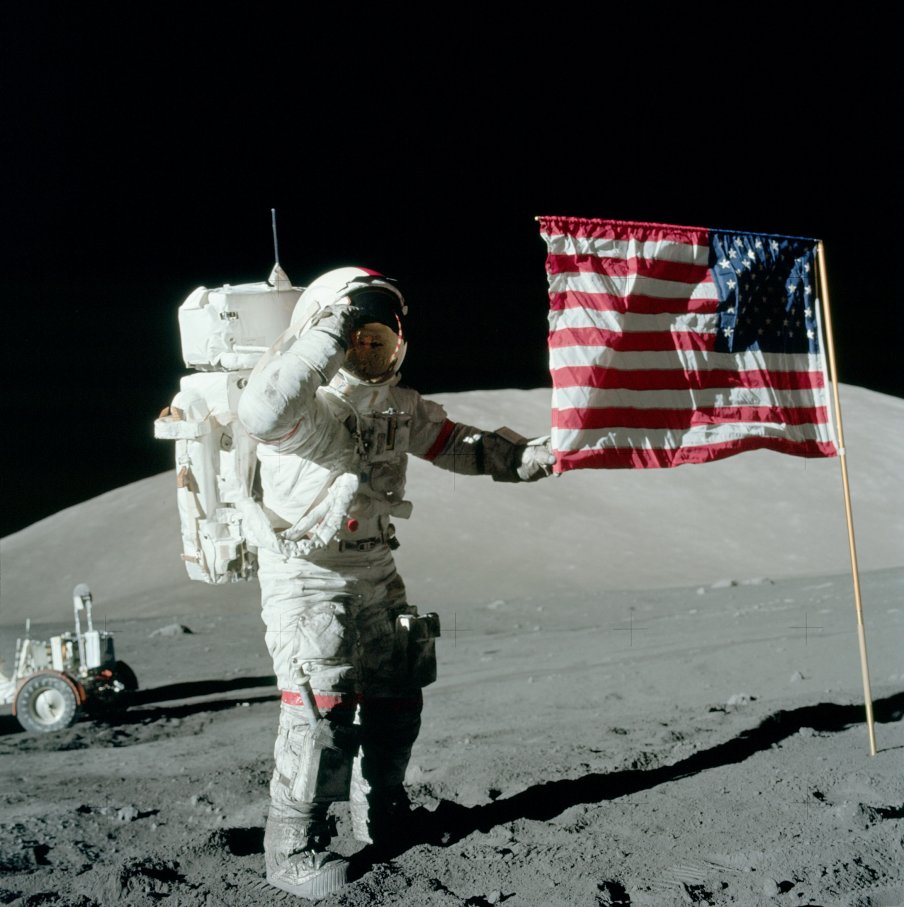
From July 1969 to December 1972, 12 American astronauts landed in six different locations on the lunar surface as part of NASA’s Apollo program, leaving their footprints and taking samples and data that are still being used today to learn about the Moon. The Apollo landing sites remain exactly as they were left over four decades ago—footprints, rover tracks, discarded equipment and all—and with a new generation of space explorers around the world setting their sights on the Moon it’s important that we make sure these six off-world locations are preserved, just as would be done with any historic artifact.
“President Donald Trump on Tuesday, March 21 signed the NASA Transition Authorization Act of 2017, which includes a section [Sec. 831] directing the White House Office of Science and Technology Policy (OSTP) [a position yet to be filled] to assess the issues that relate to “protecting and preserving historically important Apollo program lunar landing sites and Apollo program artifacts residing on the lunar surface, including those pertaining to Apollo 11 and Apollo 17,” the first and last missions to land astronauts on the [M]oon.” (via CollectSpace)
While this is only a plan for an assessment to take place, it’s a(nother) first step in making sure our first footprints on another world aren’t lost to careless or malicious future lunar visitors, whether human or robotic.
You can find the full text of the bill here.
Read the full story on CollectSpace: White House to look at how best to ‘protect and preserve’ Apollo moon landing sites
Great pic.Thank for sharing
LikeLike